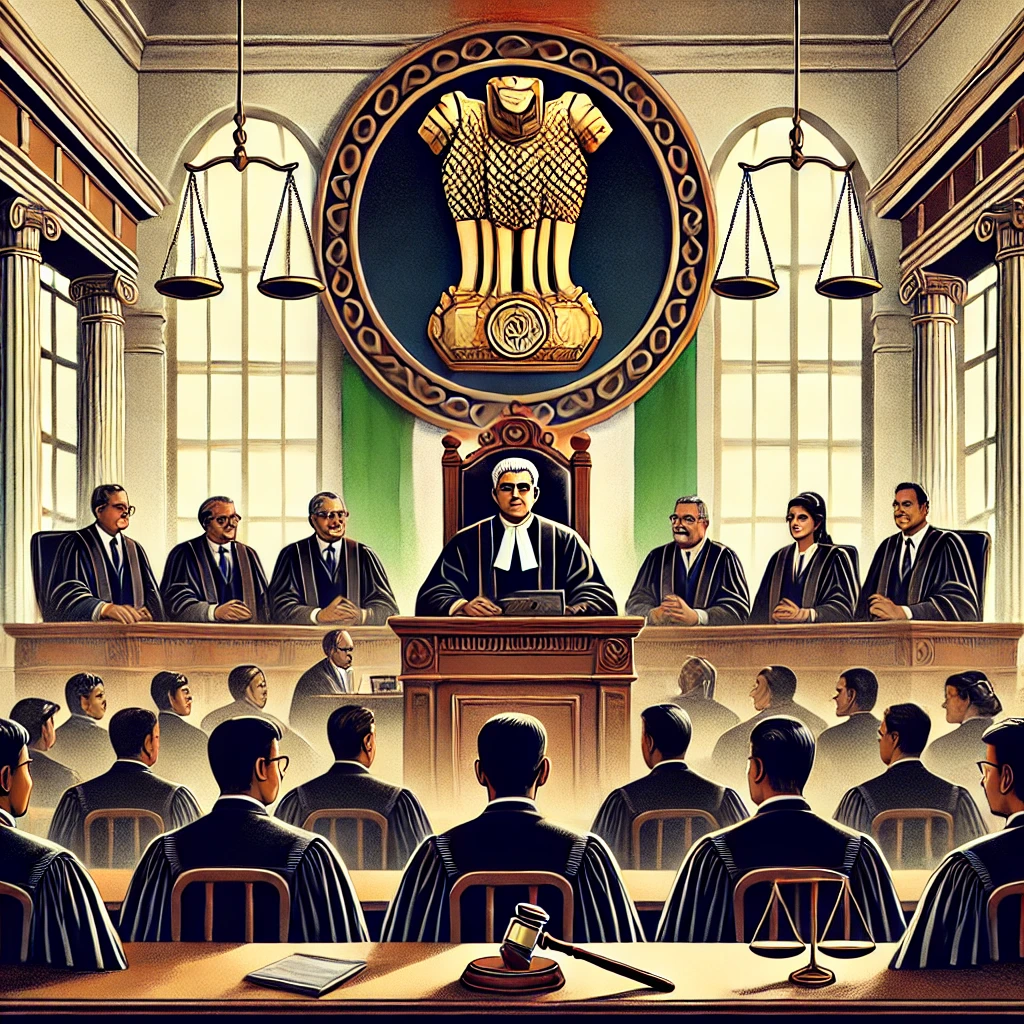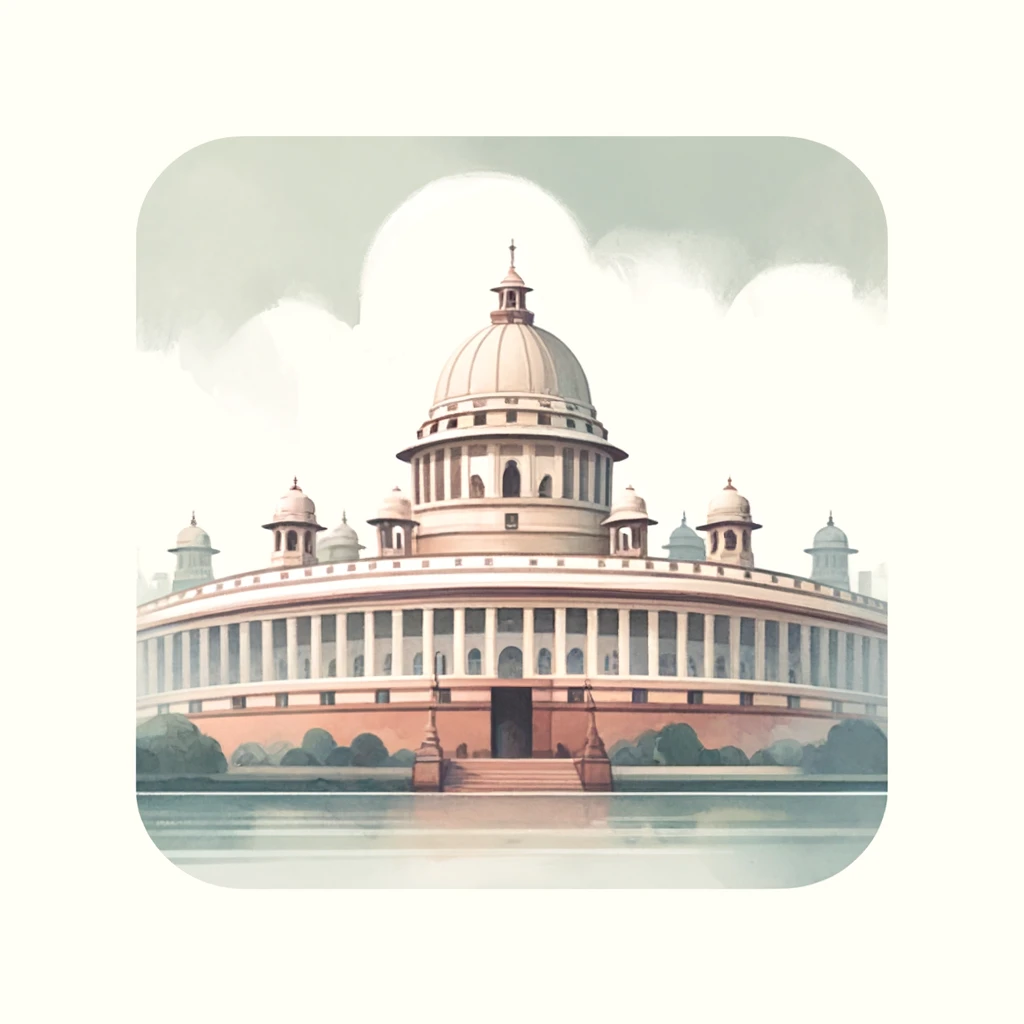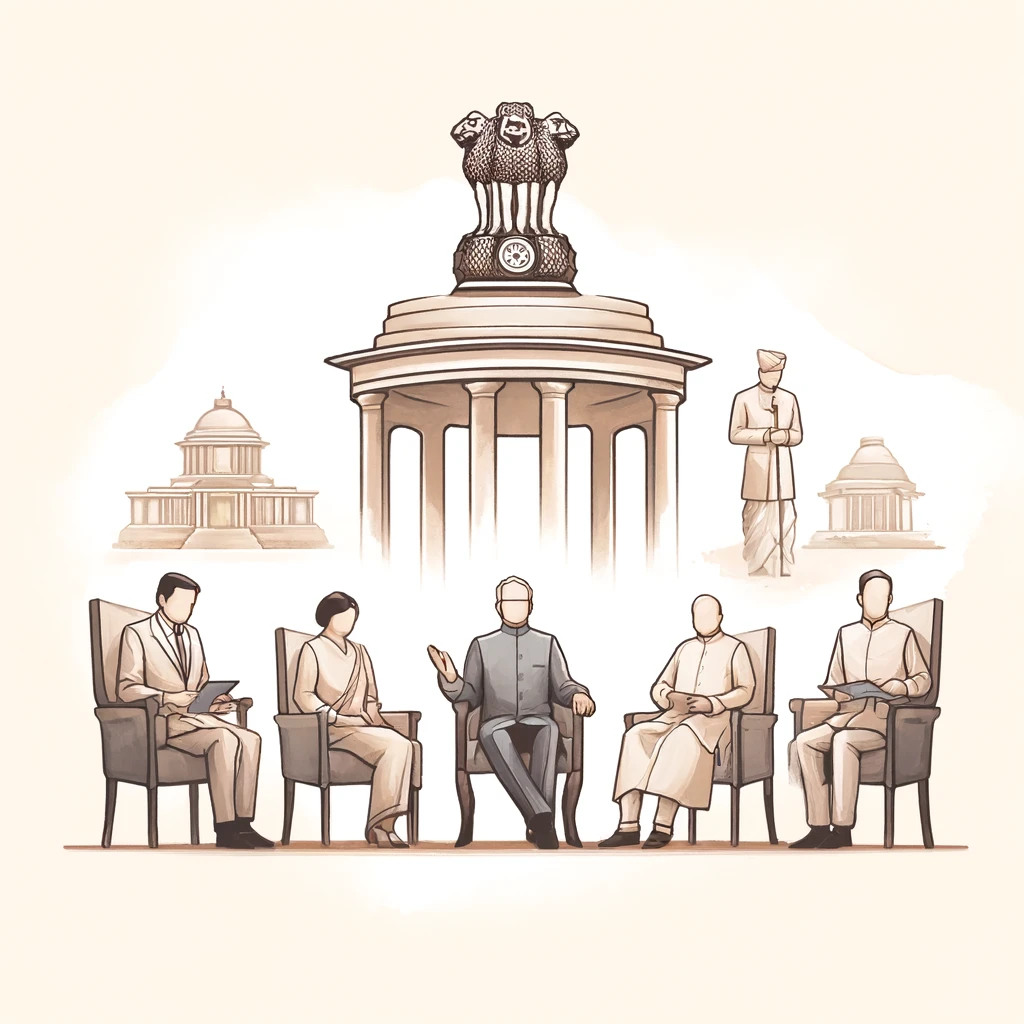The judiciary in India has been playing a stellar role in the interpretation of the Constitution, in safeguarding the fundamental rights of its subjects, and in an even-handed dispensation of justice. This article throws light on the structure of the Indian judiciary, the jurisdiction of the Supreme Court, the concept of judicial review, the independence of the judiciary, PILs, and the role and functions of the High Courts.
- The Indian judiciary is a non-partisan, unbiased institution. It interprets and implements the law and resolves disputes.
- It functions on the outline provided by the Constitution of India.
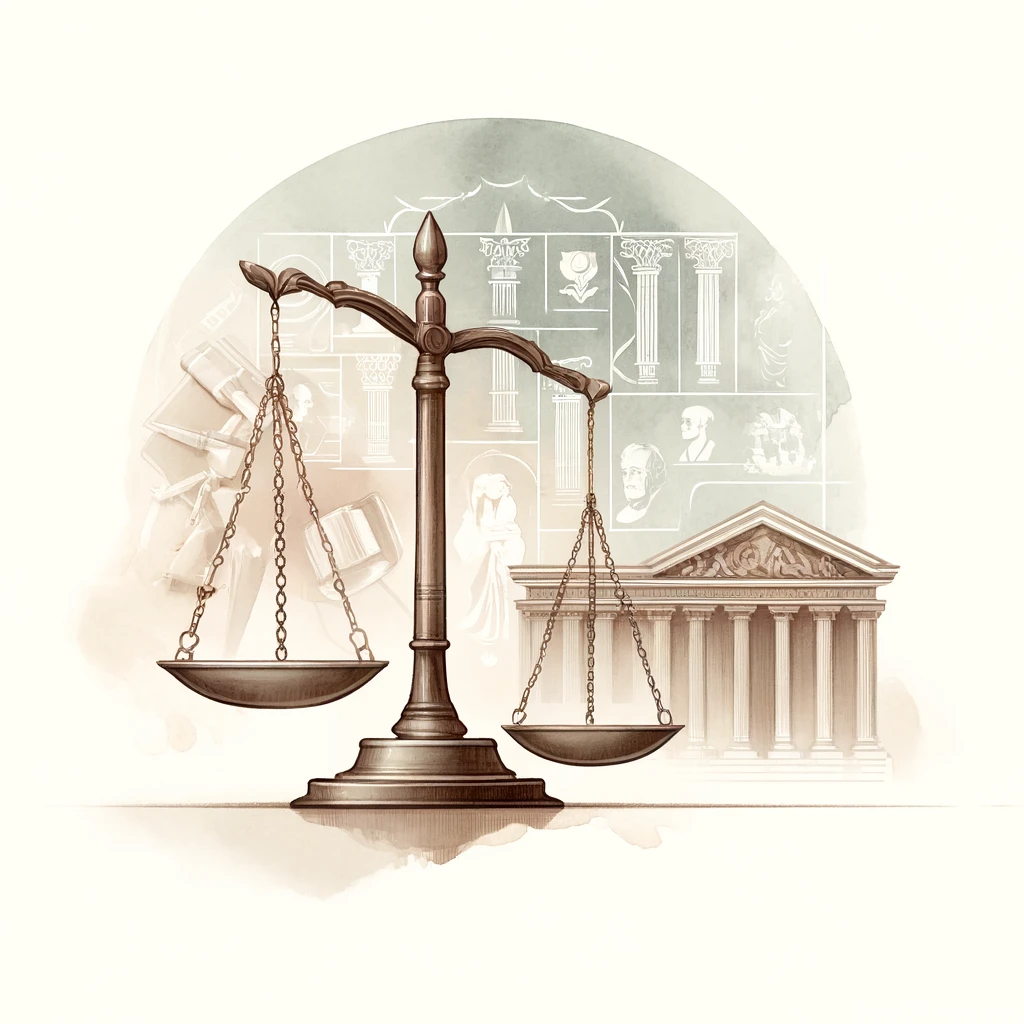
Structure of the Indian Judiciary
Supreme Court
The Supreme Court of India is the highest court and enjoys the status of the highest judicial authority. The composition consists of one Chief Justice of India, along with a maximum of 33 other judges.
- Composition: The President of India appoints judges. The Collegium system comprises the Chief Justice and senior judges who recommend the appointments.
- Jurisdiction: The Supreme Court has original, appellate, and advisory jurisdictions.
High Courts
Every state, or a group of states, constitutes one High Court at its apex level. At present, there are 25 High Courts in India.
- Constitution: The Judges of a High Court are appointed by the President in consultation with the Chief Justice of India and the Governor of the concerned state.
- Jurisdiction: The High Courts have original and appellate jurisdiction in civil and criminal cases arising in their respective states.
Subordinate Courts
The subordinate courts are those that work under the supervision of High Courts and carry on a lot of judicial work. They include District Courts, Sessions Courts, and various other lower courts.
- Composition: Judges are appointed by the state governments in consultation with the respective High Courts.
- Jurisdiction: These courts deal with civil and criminal cases at the district level and below.
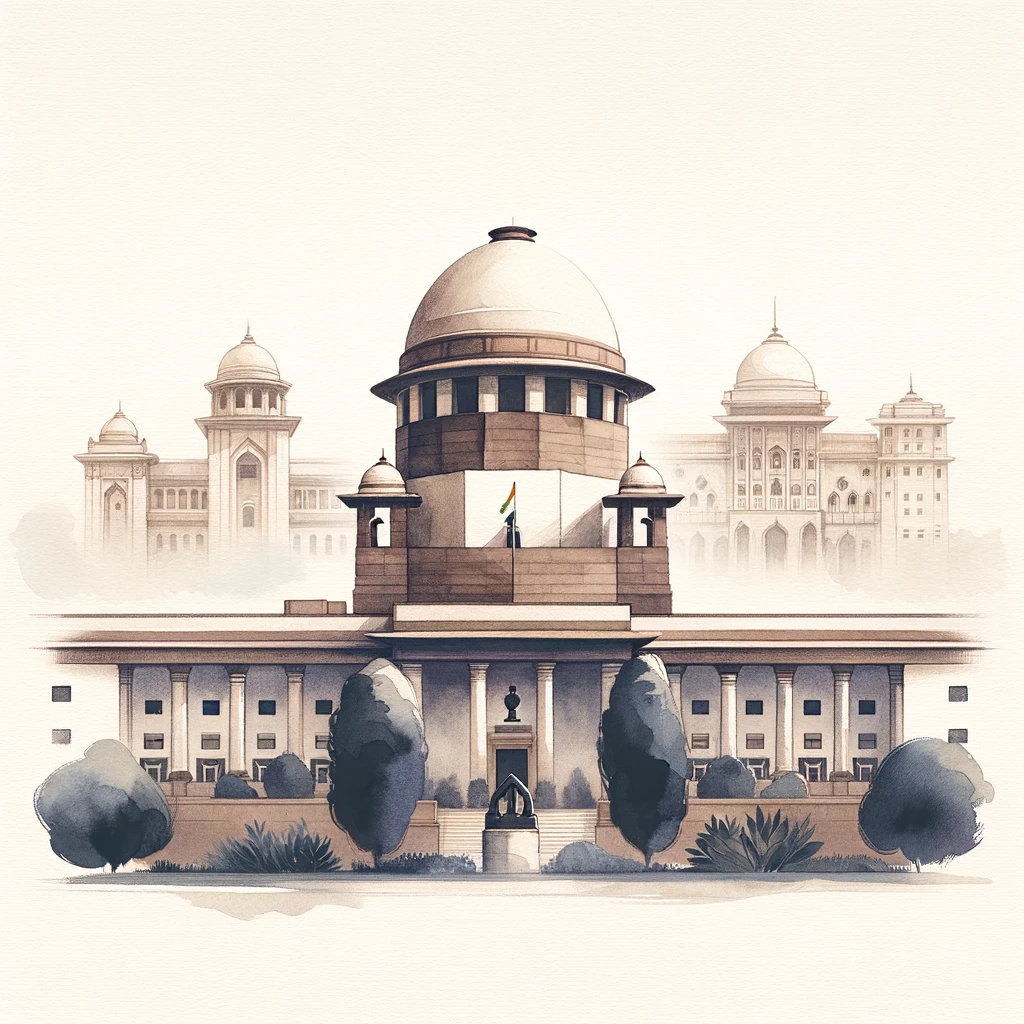
Jurisdiction of the Supreme Court
- Original Jurisdiction: Original jurisdiction of the Supreme Court for the first time in cases of disputes between states, or between the union and states. It will also deal with matters related to the enforcement of fundamental rights.
- Appellate Jurisdiction: The Supreme Court hears appeals against judgments from High Courts, Tribunals, and other courts. Appeals can be related to civil, criminal, or constitutional matters.
- Advisory Jurisdiction: Under Article 143 of the Constitution, the President of India can seek advice on any question of law or fact of public importance from the Supreme Court. Advice given is not binding.
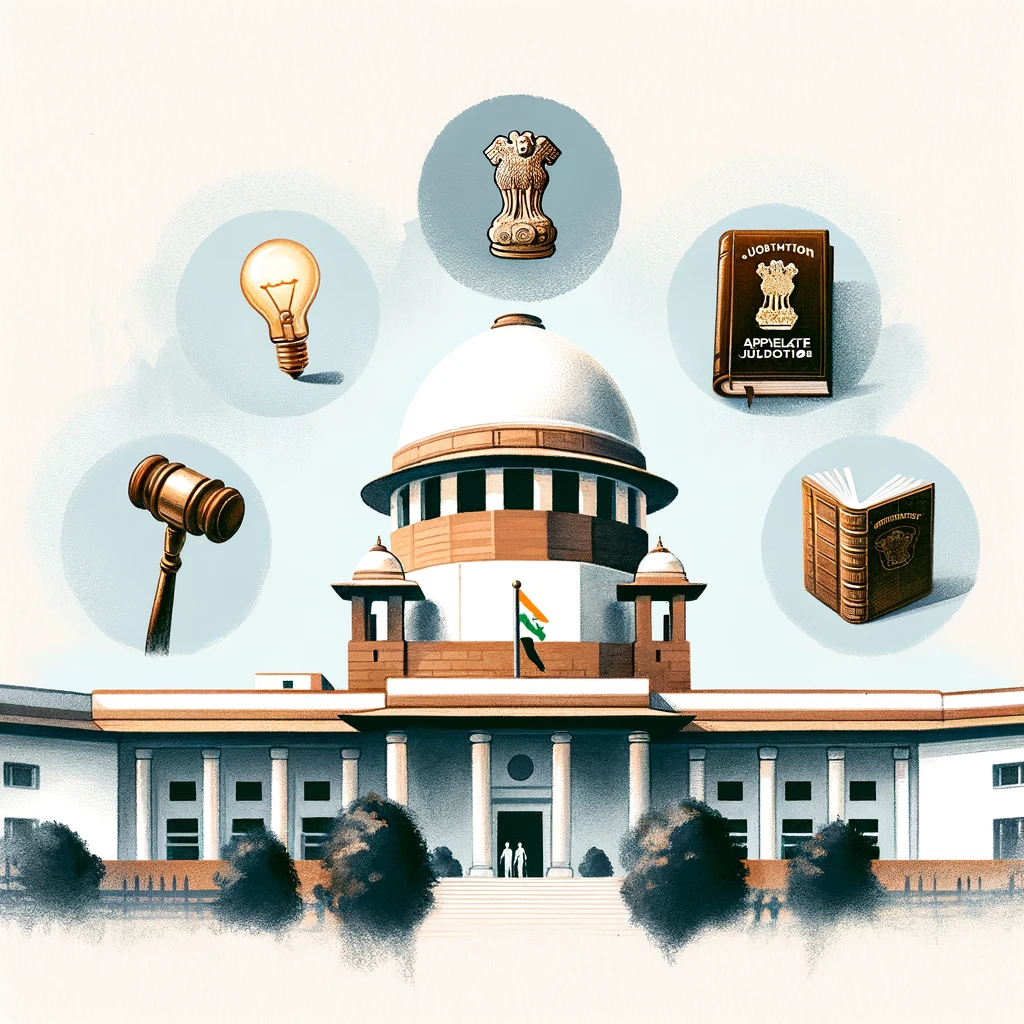
Judicial Review of Judiciary in India
Judicial review is the power that the judiciary has been given to check on the constitutionality of the legislative acts and executive orders, and where such acts or orders are inconsistent with the Constitution, in appropriate cases, such acts or orders can be declared null and void.
Importance
- Safeguarding the Constitution: It ensures that every law and executive action confirms the Constitution.
- Protection of Fundamental Rights: It acts like a watchdog over the rights of the citizens and strikes down laws that infringe upon fundamental rights.
- Check on Arbitrary Power: It checks arbitrary exercise of power both by the legislature and the executive to maintain the balance of power.
- Promoting Rule of Law: Uphold the principle of supremacy of law and ensure that governance is carried out in strict accordance with the established laws.
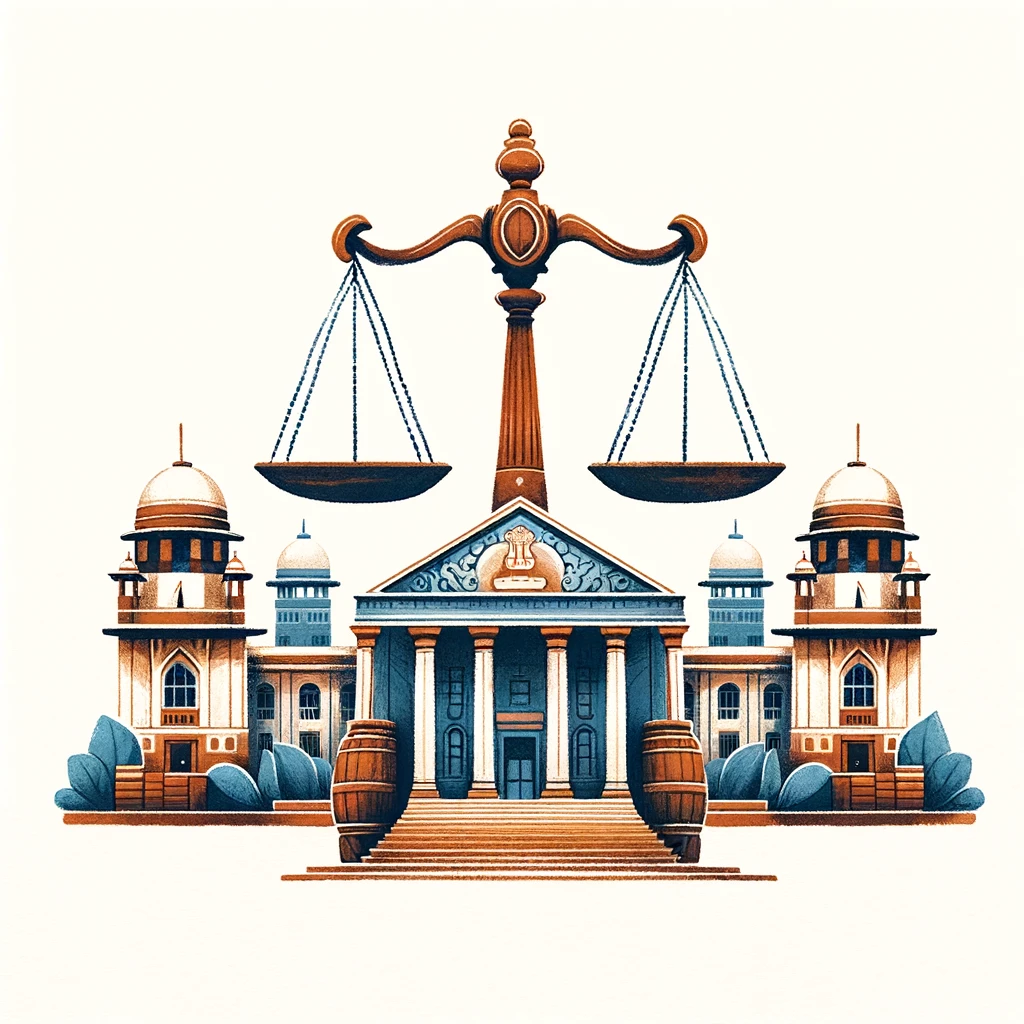
Role of High Courts in Indian Judiciary
Jurisdiction
- Original Jurisdiction: High courts have been vested with the power to hear cases directly. Particularly those on fundamental rights, elections, and enforcement of legal rights.
- Appellate Jurisdiction: They hear appeals against judgments passed by the subordinate courts within their territorial jurisdiction.
- Supervisory Jurisdiction: High Courts supervise and control all subordinate courts and tribunals within their respective jurisdictions.
Functions
- Writ Jurisdiction: The High Courts have the power to issue writs corpus, mandamus, prohibition, quo warranto, and certiorari- under Article 226 for the enforcement of fundamental rights as well as other legal rights.
- Judicial Review: High Courts have the power to review the constitutionality of state laws and executive actions.
- Administrative Functions: Supervising the working of subordinate courts, including recruitment, posting, and promotion of judicial officers.
- Advisory Role: High courts also play an advisory role on legal matters when approached by the executive or legislature.
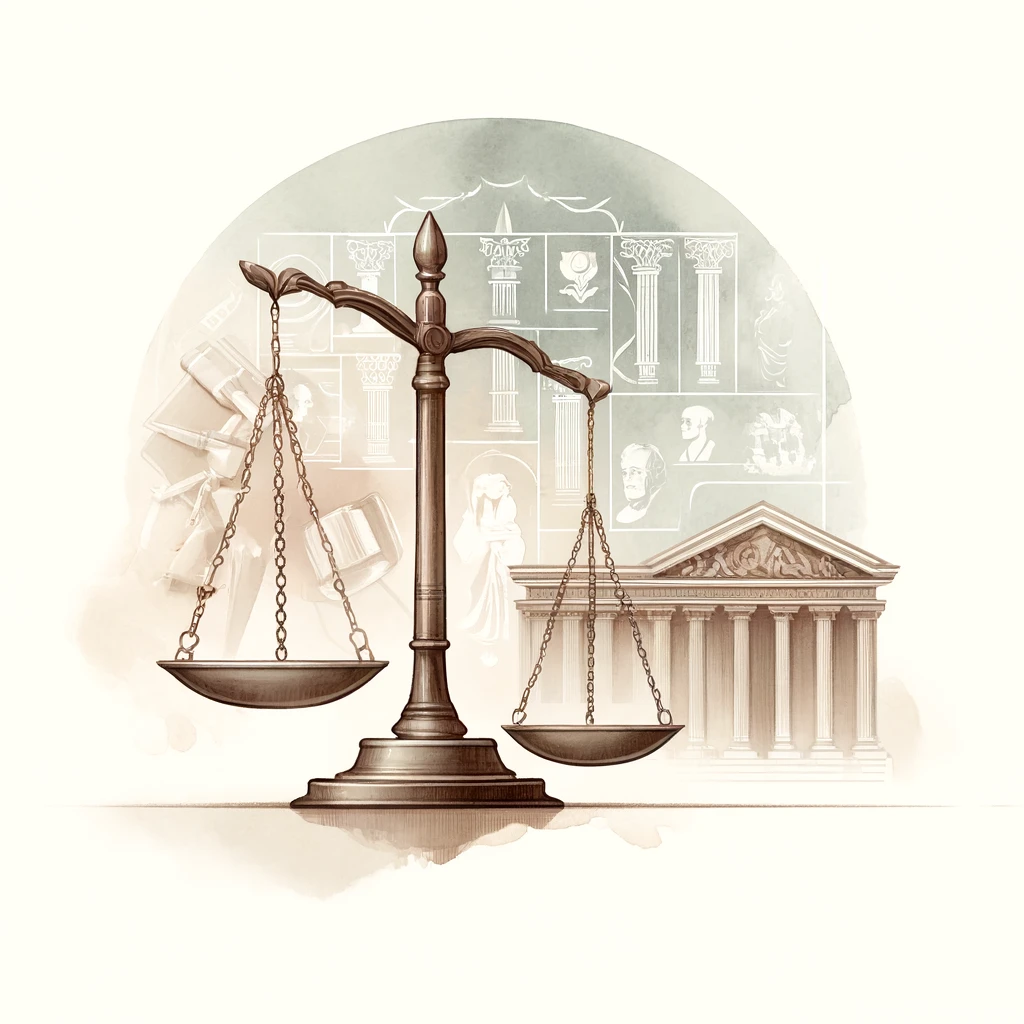
Conclusion
The Indian judiciary, headed by the Supreme Court at the apex level and High Courts at the state levels, acts as a guardian through the rule of law, protection of fundamental rights, and accomplishment of justice. Its structure and functions, together with those of the courts, their jurisdictions, the concept of judicial review, the importance of Public Interest Litigations, and the provisions for ensuring judicial independence, all find a place and form part of a robust legal system.

